Development of a Web Interface and Hardware Extension for a Medical Colony Counter Device
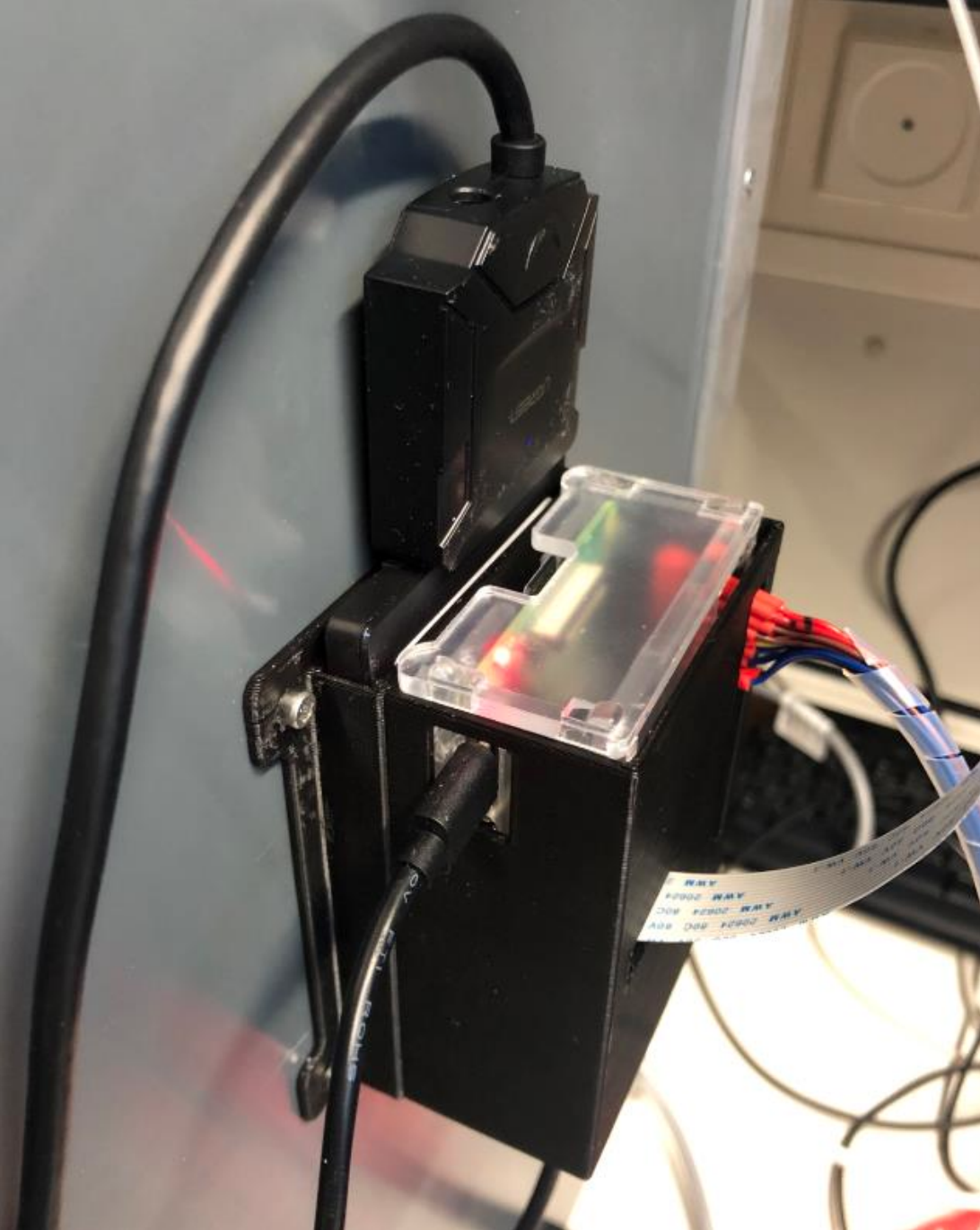
Front view of the Plate Counter device
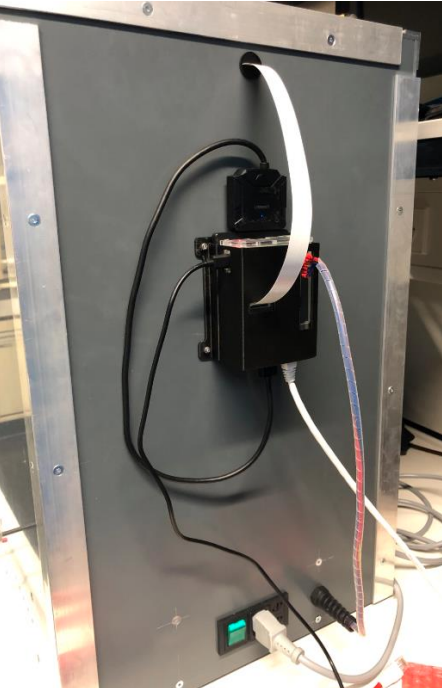
Detail view of the device with the web interface active
The Plate Counter device developed for automatic counting of bacterial colonies on agar plates
Project Overview
For my bachelor thesis, I developed a web interface and hardware optimization for an existing medical device called the "Plate Counter" that automatically counts bacterial colonies on agar plates. The project involved both hardware improvements and software development to enhance the functionality, reliability, and user experience of the device.
The Plate Counter is used in microbiology laboratories to analyze bacterial growth on culture media. The original device had limited usability and required direct interaction with the system. My project transformed it into a remotely accessible, more efficient, and safer device through hardware upgrades and a modern web interface.
Key Contributions
Hardware Optimization
Computing Upgrade
Upgraded from Raspberry Pi 3B+ to Raspberry Pi 4B, providing significant improvements in processing power and memory, which reduced image processing time by approximately 50%.
Temperature Control System
Redesigned the temperature control system to enable remote operation, implementing safety features to prevent uncontrolled temperature increases and ensure stable conditions during experiments.
Safety Enhancements
Added multiple safeguards and monitoring capabilities to prevent hardware damage and ensure experiment integrity, including thermal cutoffs and software monitoring systems.
System Layout Optimization
Relocated the computer components for better cooling and performance, reducing thermal stress and extending the lifespan of critical electronic components.

Temperature control system block diagram showing the feedback loop and safety mechanisms
Software Development
Web Interface
Created a responsive web interface using Python, Flask, and modern web technologies that allowed users to control the device from any device with a web browser, both locally and remotely.
Temperature Control Algorithm
Implemented a sophisticated temperature control algorithm through the Raspberry Pi, providing precise regulation and real-time monitoring of the incubation environment.
Image Processing Integration
Integrated existing image processing algorithms into the web interface, enhancing the user experience by providing immediate visual feedback and analysis results.
Data Management
Developed comprehensive data management and visualization features, allowing users to store, review, and download previous experiment data, enhancing research traceability.
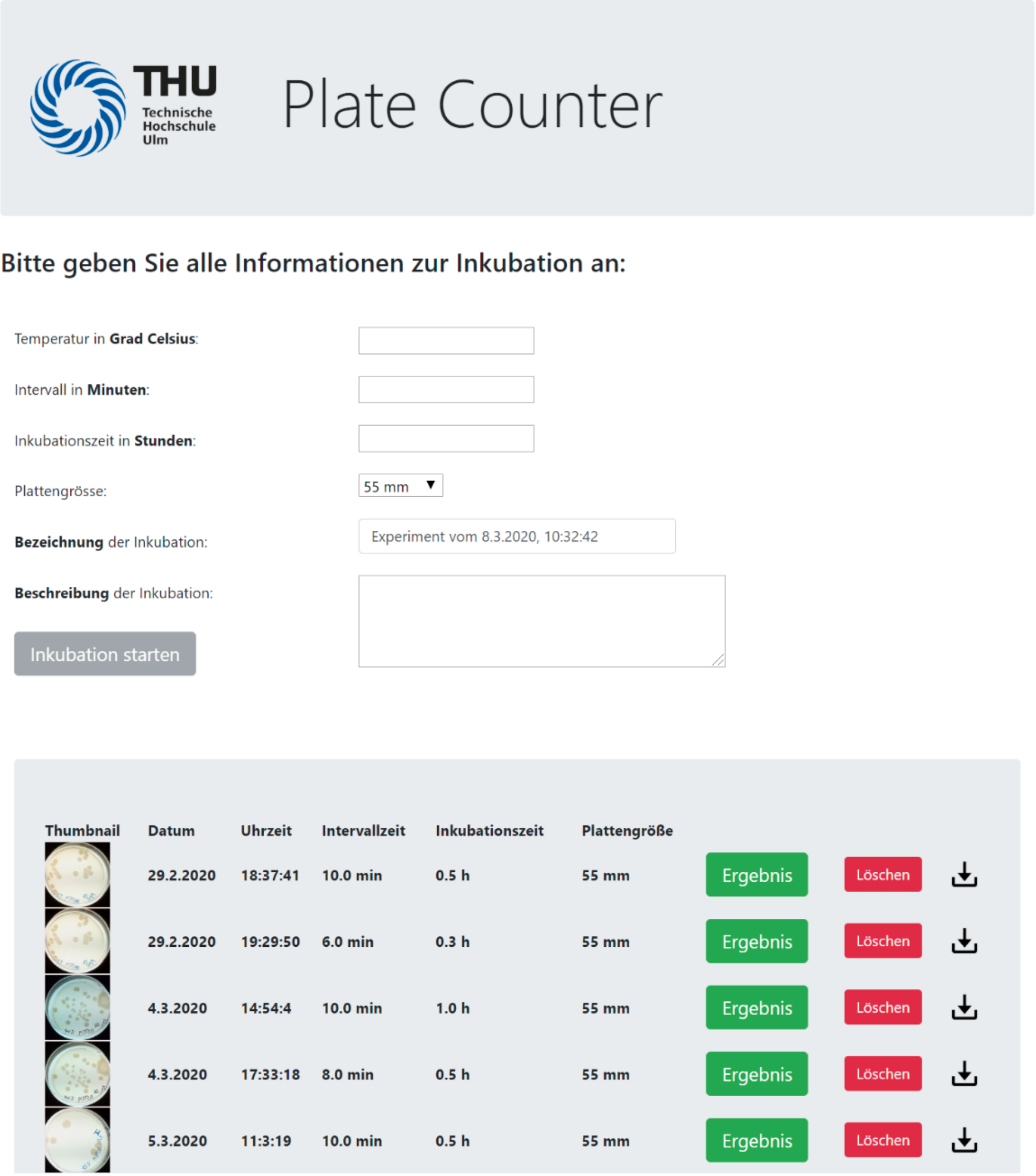
Main page showing input fields and control options
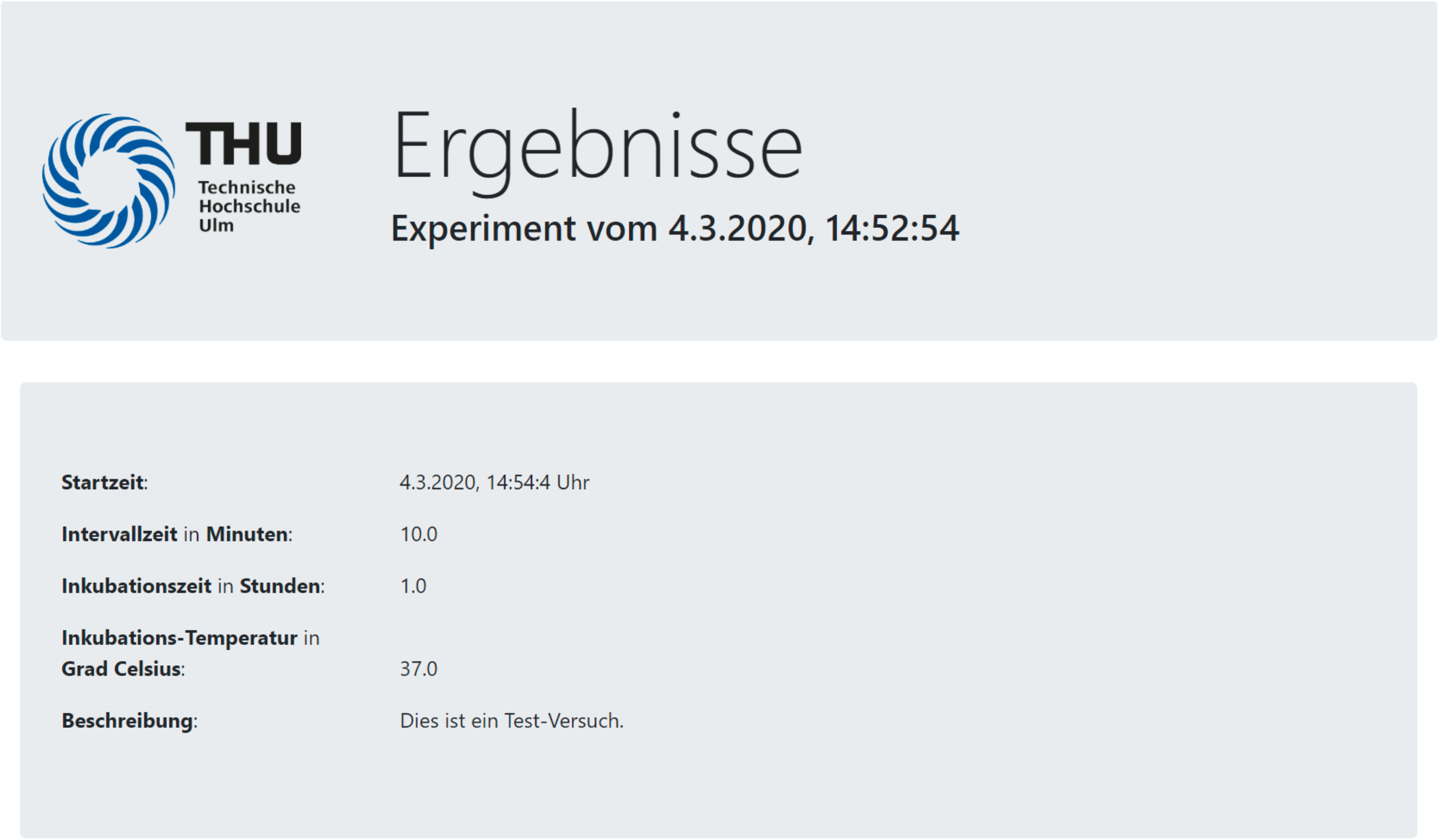
Results page showing experiment data and graphs
Results and Achievements
Performance Improvement
Reduced image processing time by 50% compared to the previous system, enabling faster analysis of bacterial cultures.
Remote Capabilities
Enabled remote monitoring and control of the device, improving laboratory workflow and reducing the need for physical presence.
Temperature Stability
Improved temperature stability and safety, ensuring more reliable experimental conditions and preventing hardware damage.
Data Management
Added ability to store, review, and download previous experiment data, enhancing research traceability and reproducibility.
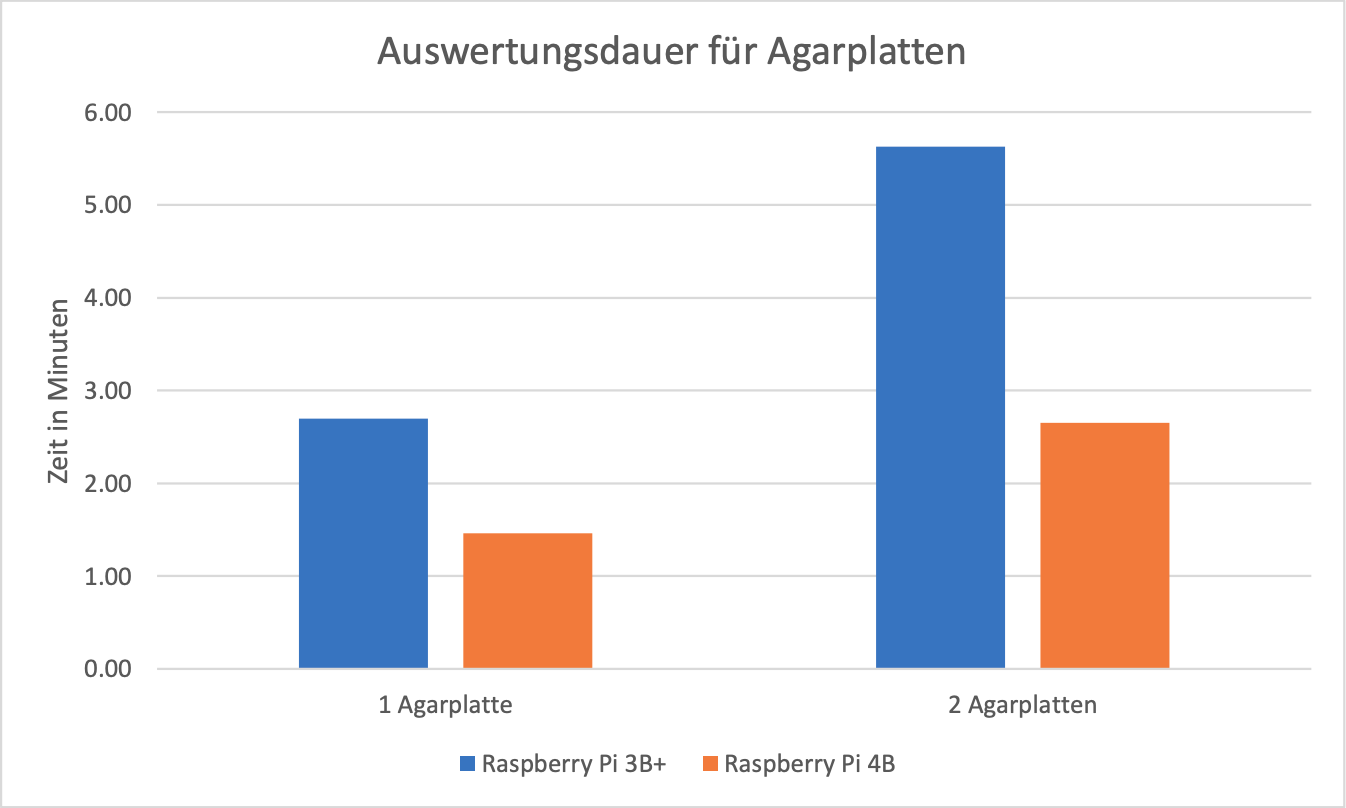
Chart comparing processing time between Raspberry Pi 3B+ and 4B
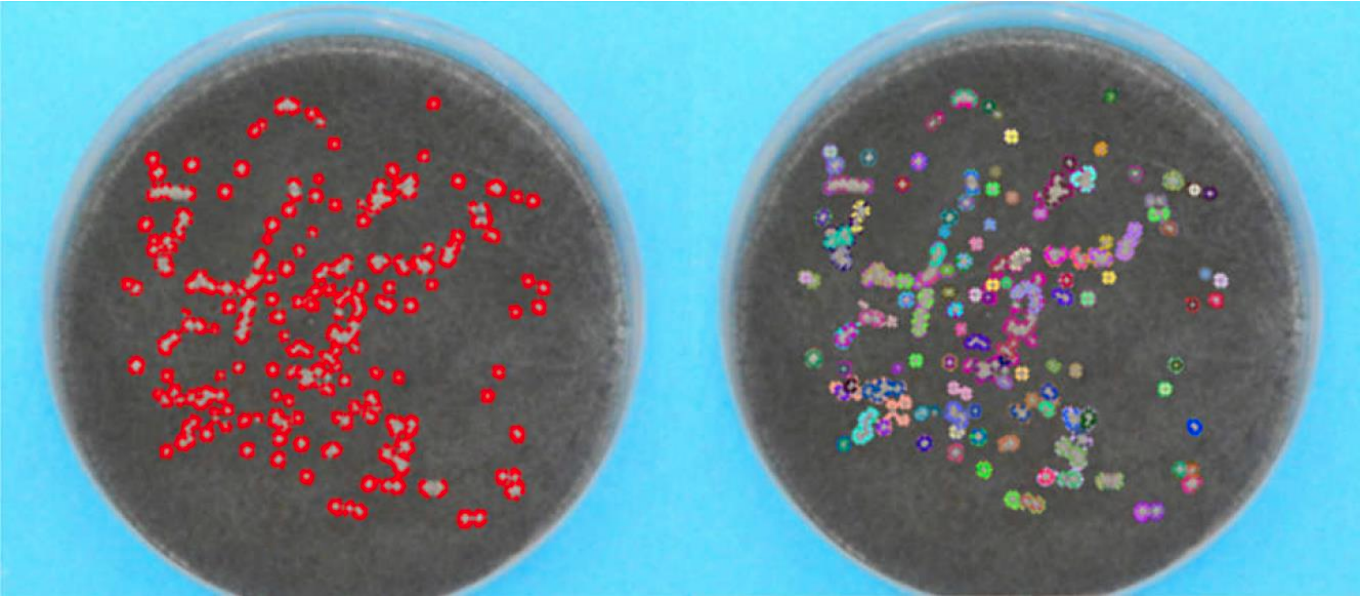
Example of the colony detection algorithm in action
Technologies Used
Software
- Python for backend logic and image processing
- Flask web framework for the server-side application
- HTML, CSS (Bootstrap), and jQuery for the frontend
- OpenCV for image processing and colony detection
- SQLite for data storage and experiment tracking
Hardware
- Raspberry Pi 4B as the main computing platform
- Temperature sensors and control systems
- Custom electronic circuits for safety and monitoring
- Imaging system with controlled lighting
- Incubation chamber with precise temperature regulation
This bachelor's thesis project successfully transformed an existing medical device into a more efficient, user-friendly, and remotely accessible system. The combination of hardware optimizations and a modern web interface significantly improved the device's functionality and usability in laboratory settings.